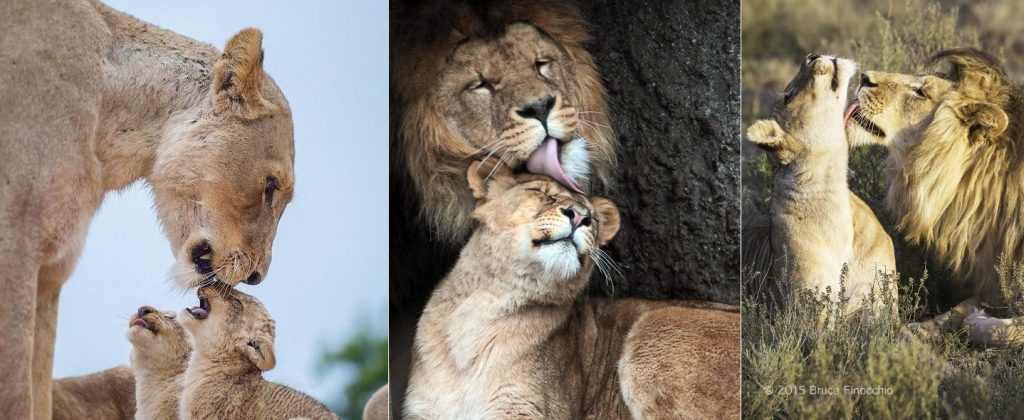
The Conservation history of the Gir National Park generally deals with conserving the Asiatic lions, whose populace reduced drastically during the initial days of the twentieth century. Gir National Park is a scenic area marked with evergreen, and semi-evergreen flora, grasslands, scrub jungle, deciduous forests, rocky hills, and acacia. Covering an area of 1412 sq. km, the park is at present one of the most eye-catching National Park of India.
The conservation of the Gir Forest started back in the early 1900s. During that period, the count of lion dropped drastically to just 15 as a result of the slaughter for trophy hunting. The British viceroys presented this matter to the Nawab of Junagadh for serious attention. The Nawab then ensured the protection of the park.
However, there is more to this story, and we will take a detailed look into the matter here.
The First Attempt
You must be highly enthusiastic about participating in the Gir Lion Safari like any other tourist. But the saddest fact about these creatures is that their world has shrunk at present. The Gir National Park is the only natural habitat of these giant animals.
The first attempt towards the protection of the lions was made by Mahabat Khan, the sixth Nawab of Junagadh in 1879. Shocked by hearing the gradually decreasing number of lions, he promulgated a set of rules that banned all ‘shikar’ and trapping of any animal within his territory without the permission of the State. The Governor of Bombay, Lord Sandhurst, encouraged him in his pursuit.
The First Attempt
You must be highly enthusiastic about participating in the Gir lion safari like any other tourist. But the saddest fact about these creatures is that their world has shrunk at present. The Gir National Park is the only natural habitat of these giant animals.
The first attempt towards the protection of the lions was made by Mahabat Khan, the sixth Nawab of Junagadh in 1879. Shocked by hearing the gradually decreasing number of lions, he promulgated a set of rules that banned all ‘shikar’ and trapping of any animal within his territory without the permission of the State. The Governor of Bombay, Lord Sandhurst, encouraged him in his pursuit.
The Wildlife Conservation Program
The status of the Gir Forest that you get to see in a Gir Safari Booking is a result of the wildlife conservation program that was initiated by the Forest Department of India to conserve the Asiatic Lion. This effort, along with the implementation of the Gir Development scheme and the wildlife management, the population of lions at present is 523.



0 Comments